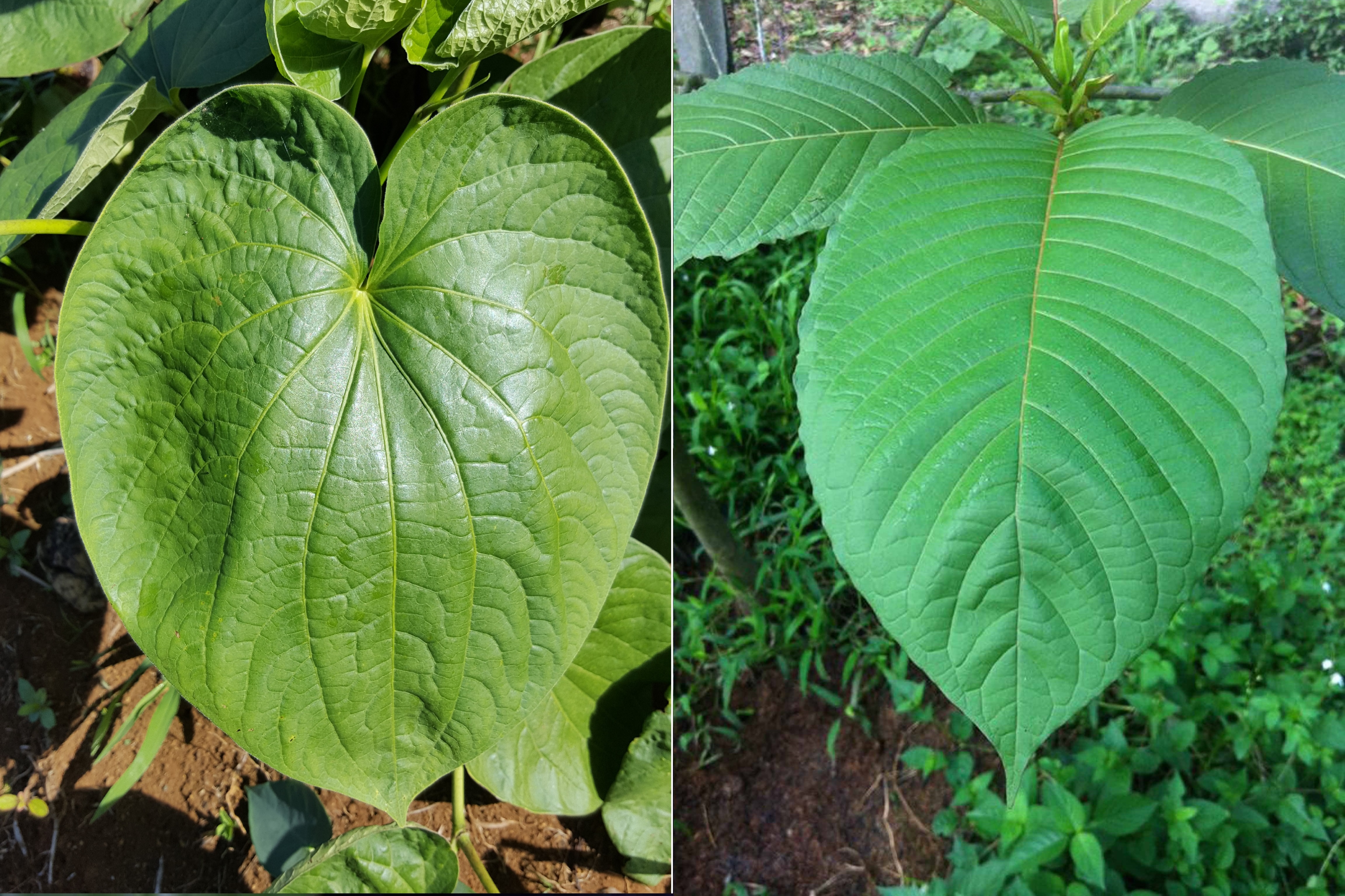
Kava and Kratom are plant-based supplements that possess mood-enhancing and relaxing properties. The supplements are available in different forms and generally, the raw leaves of both the plants are used to manufacture consumable items. Both of them have quite similar effects but they are extracted from different plants. Also, they work in different ways to produce the same effects.
Kratom is generally used as a pain reliever whereas kava is used to deal with issues related to insomnia, anxiety, and stress. Visit organickratomusa.com to know more about this.
Table of Contents
What is Kratom?
Consumers purchase kratom in its powdered or in its liquid form. The powdered form is used in making tea and other beverages whereas, in the liquid form, the kratom becomes a concentrated potent, which makes it easier to be consumed by people in high doses.
Etymologically, the word Kava means “bitter” and “intoxicating plant.” This plant is available in the Pacific islands. It contains a substance known as kavapyrones that stimulate the human brain. Residents of the Pacific islands like Figi and Tonga have used this herbal remedy throughout generations. They crush the roots into powder and mix them with water. This way, it becomes a drink. People feel happy and calm after drinking this mixture.
What is Kava?
Kava is extracted from the roots of the kava plant. This plant generally belongs to the pepper family and is found in countries such as Indonesia and Fiji. The natives of the place use the roots of this plant to create beverages and tea. Various bars and restaurants consume drinks and beverages made with Kava.
Kratom is a stimulant used to treat chronic pain. It is a promising natural pain reliever. This plant belongs to the coffee family. It is found in Indonesia, Myanmar, Papua New Guinea, and Thailand. The natives of these islands have used it as herbal medicine since the 19th century.
Essential differences between Them:
1. Addiction

img source: see.news
The main difference between them is that the former is addictive. The latter is not addictive by nature.
Kratom has alkaloids, which react with certain chemicals of the brain. Those chemicals of the brain determine how people react to pain. Kavalactones are the main ingredients of Kava, which react with the limbic part of the brain. That part of the brain reacts with motivation and emotions.
Those who consume Kawa are at a high risk of addiction. The alkaloids include the development of tolerance and produce the side effects of opioids. Tolerance means that the effect of drug reduces over time. Then, people show signs of abstinence. Former heroin addicts use Kratom to lay off.
2. Legal difference
Kratom is banned in many countries, while Kava is not banned. It has gained final, global acceptance. Initially, it had been banned in Switzerland and Germany under the implication that it caused liver problems.
Later, further research proved that it did not have any effect on the liver. So, the ban had been lifted.
On the other hand, Kratom has come under the legal scanner. It has been banned in Thailand, where the plant was originally cultivated. Recently, a group of people has demanded that the ban over it be lifted. However, the ban has not been lifted yet. People are demanding that Kratom and its active constituents should be banned in the USA.
3. Health Hazards

img source: maggianolaw.com
Both of them are associated with some health hazards. People who consume Kava for as short as 1-3 months may face these side effects. The side-effects of Kava include:
- Dark Urine/urine mingled with blood.
- Low platelet count in the blood
- Dilated pupils
- Depression
- Fatigue
- Yellow skin
- Yellow eyes
- Severely dry and scaly skin.
- Hepatitis
- Parkinsons
- Dizziness and drowsiness.
They may need a liver transplant. Overdosage of Kava may result in death.
The side-effects of Kratom are as follows:
- People need to urinate frequently.
- Loss of appetite
- Constipation
- Withdrawal symptoms like nausea, mood swings, and hallucinations.
- Dryness within mouth
- Darker skin.
Personalized treatment is available for Kratom addicts. This personalized treatment caters to the individual needs of the patient.
- Low red blood cells count
- Lethargy
- Excessive sweating
- Rashes in skin
- Loss of muscular coordination
- Dark and spotty skin
- Flushed skin
4. Reaction

img source: calmclinic.com
Both of them have different reactions to the human body. The reactions are as follows:
- The kavalactones present in Kava replace anxiety with a feeling of euphoria. Kratom leaves people with incoherent thoughts and slurred speech.
- Kava reduces the sensation of pain. Kratom heals minor injuries.
- Kava reduces the risk of cancer. Kratom treats intestinal troubles, diarrhea, and coughs.
- Kava enhances social interaction. Kraton promotes the level of energy.
- Kava protects the neurons from getting damaged. Kratom provides relief from neuromuscular pain.
- Kava is used to relieving stress, insomnia, and anxiety. Kratom acts as a pain killer.
5. Geographical difference
Kava is available in the Pacific islands. Kratom is available in Southeast Asia.
- Ethnicity: Kratom belongs to the coffee family. Kava belongs to the pepper family.
6. Biological difference

img source: meredithcorp.io
Kava works with GABA reactors in the brain. It gets connected with the Dopamine receptors and advises the brain to feel joyful. On the other hand, Kratom uses norepinephrine and serotonin to bring about a sense of joy. It gets connected with the opioid receptors.
7. The difference in consumption method
The main difference between them is that Kratom is available as a leaf. Lava is available as a root. Traditionally, people chew the fresh leaves of Kratom. Nowadays, they crush Kratom leaves to a powder an. Then, they mix the powdered Kratom with water and consume the drink.
People generally consume powdered Kava, mixed with their drink. Kava is available as a root, which is powdered and mixed with tea or water.
Conclusion
Both of them are plant-derived substances. When both are consumed in small doses, both provide a euphoric feeling and act as stress busters. It is better not to blend any of them with prescribed medicines.
Traditionally, laborers used Kratom to reduce joint pain, body aches, and weariness. Kava was traditionally used for social gatherings or rituals related to ancestors. Both plant-based substances are derived from tropical countries. Some people enjoy blending different herbs. They need to be careful while mixing Kava with Kratom.
Both the plant-based derivatives have a few similar properties. So, blending them may strengthen both their individual properties. It is better to consume any medicinal herb I moderation, so avoid addiction.







